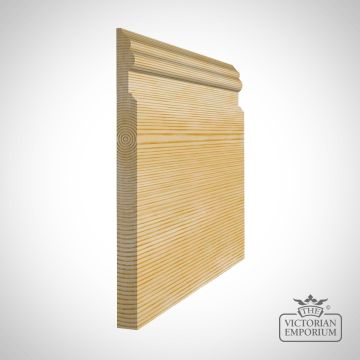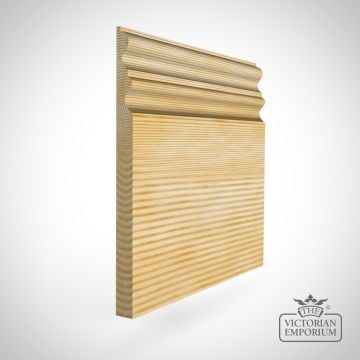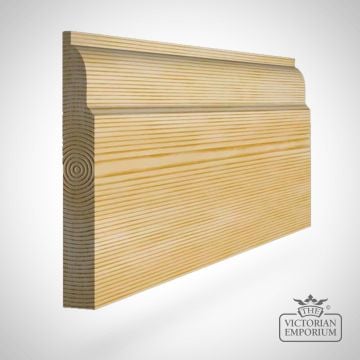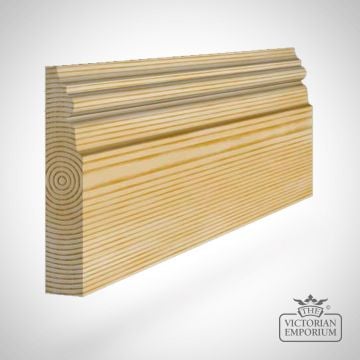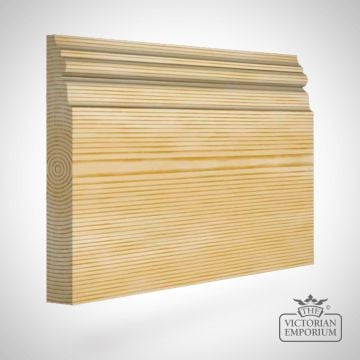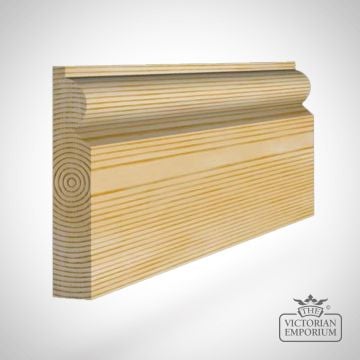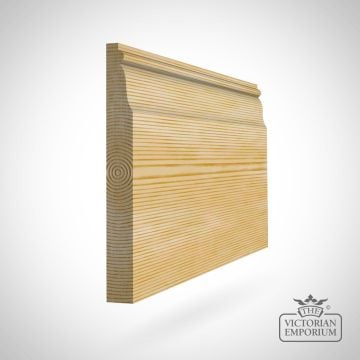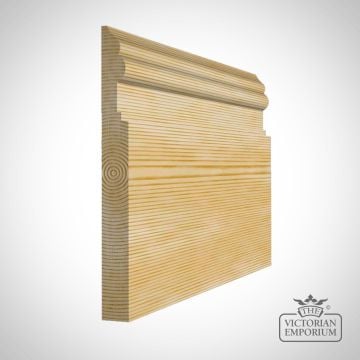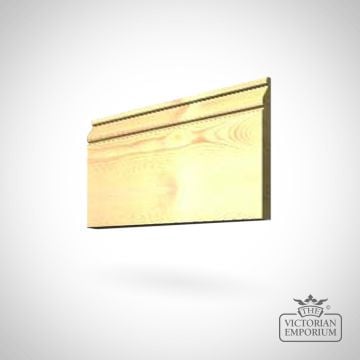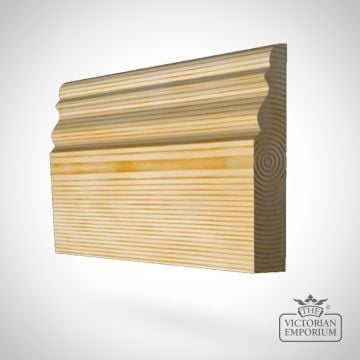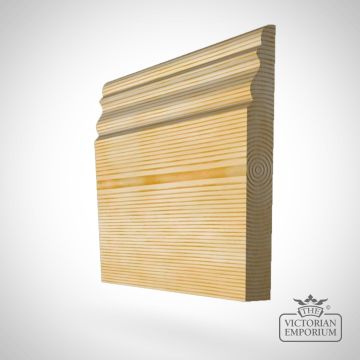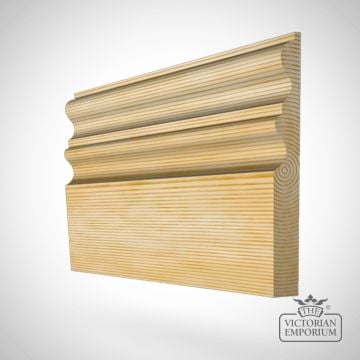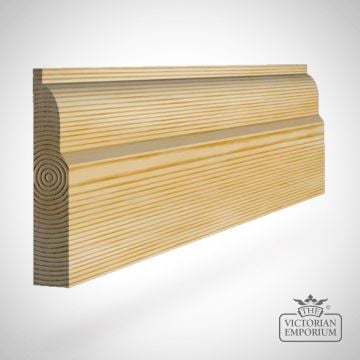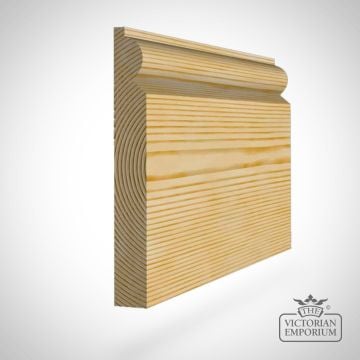Victorian Skirting Board
Easy Installation Guide for Victorian Skirting Boards
We offer skirting boards in various sizes, including a maximum height of 300mm. If you need pine skirting boards in a different wood, we can customize them for you.
Installation Steps:
-
Measure and Miter:
- Measure your first run carefully.
- Miter corners at a precise 45-degree angle.
-
Adhesive Application:
- Generously apply solvent-based adhesive to the wall behind the skirting.
- Press the Victorian skirting board into place.
-
Secure with Nails:
- Nail the skirting boards at approximately 1-foot intervals.
- Repeat the process until all skirting is in place.
-
Finishing Touches:
- Fill nail holes with wood filler.
- Lightly sand the surface before painting.
This installation method works for all types of skirting boards.
Enhance your space effortlessly with our elegant Victorian skirting boards!
Remember, proper installation ensures a seamless finish. Explore our collection now!
If you do require one of our traditional skirting board profiles in a different height, please contact us.
Important Delivery Information for Long-Length Wood Products
Before placing your order for wooden mouldings over 2 meters in length, please review the following delivery details carefully:
Delivery Service:
- Orders containing wooden mouldings over 2 meters will be delivered exclusively via DX courier, as they can handle lengths up to 5.7 meters.
- Delivery Timing: While 90% of orders arrive the day after dispatch, DX does not guarantee punctual deliveries. Please plan accordingly.
Access and Acceptance:
- If your delivery location has restricted access, notify us at the time of ordering to avoid complications.
- Ensure that no labour is scheduled until the goods have arrived safely and been thoroughly checked.
Dispatch and Timelines:
- Orders are typically dispatched within 1-12 working days from the order date, with most dispatches occurring within approximately 2 working days.
- If stock is insufficient and manufacturing is required, dispatch may take up to 12 working days. You will receive an email notification on the day of dispatch.
- Please note, orders cannot ‘queue jump’ or be expedited beyond the indicated timescale.
Delivery Duration:
- Non-guaranteed deliveries can take up to 3 working days after dispatch to arrive.
- Tracking information and delivery time slots are not available for these shipments.
Failed Deliveries:
- If delivery cannot be completed due to restricted access or unavailability to accept the shipment, a redelivery cost will be charged. This fee must be paid before arranging a second delivery.
Final Recommendation:
If the delivery terms outlined above do not align with your requirements, we kindly suggest refraining from ordering these products from us.
